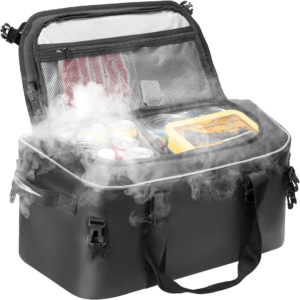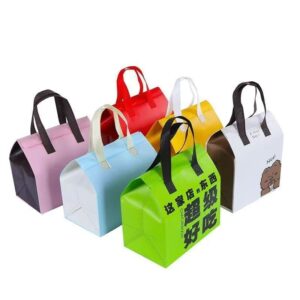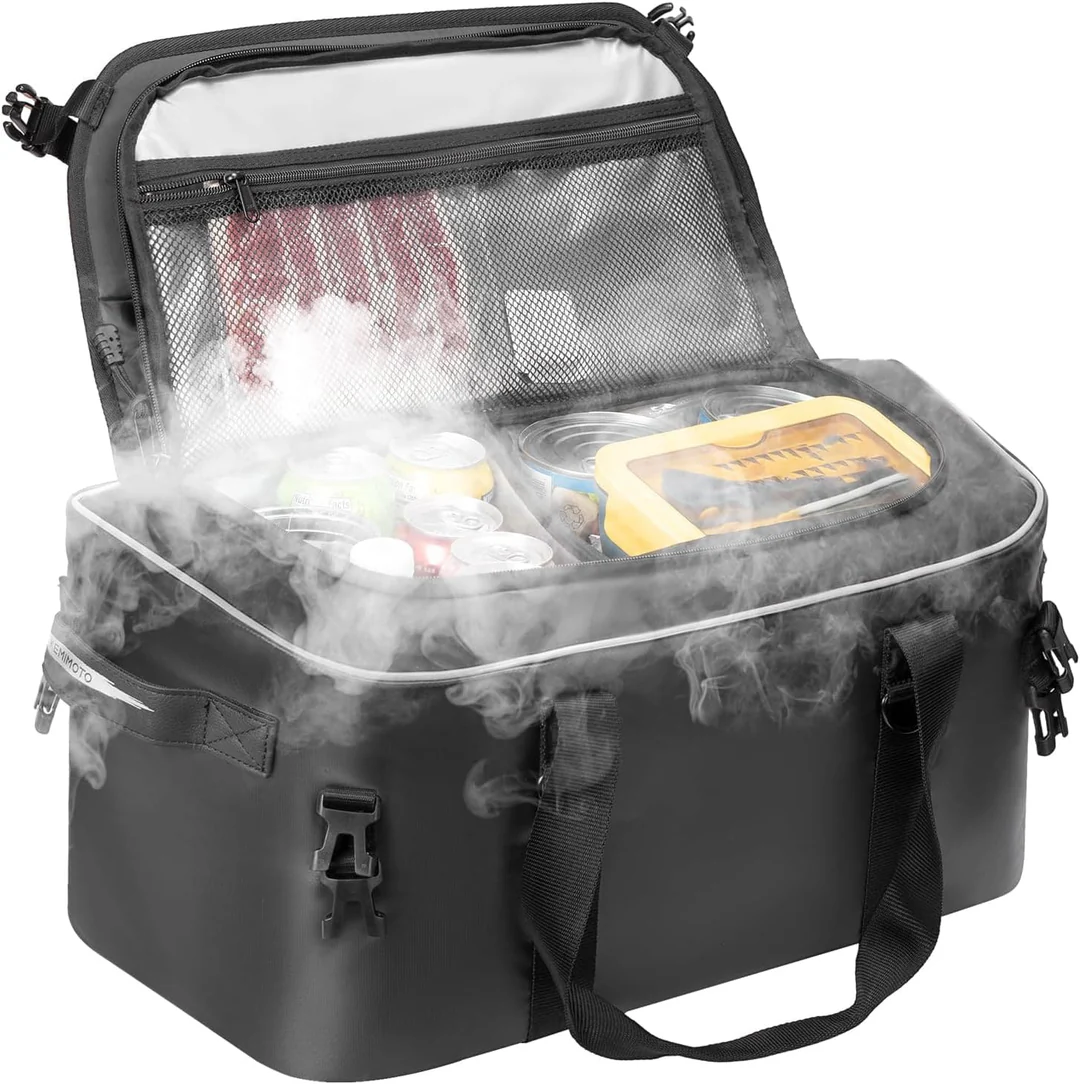
Non-woven fabric are widely used in various industries, including healthcare, agriculture, and packaging, due to their unique properties and versatility. Evaluating the quality of non-woven fabric is crucial to ensure they meet the required standards for specific applications. Here are some efficient methods to assess the quality of non-woven fabric :
1. Physical Inspection
Conduct a thorough visual and tactile examination of the fabric :
- Uniformity: Check for consistent texture, thickness, and color throughout the fabric .
- Defects: Look for any visible defects such as holes, tears, or uneven surfaces which could compromise the integrity of the fabric.
- Feel: Assess the softness or roughness of the fabric by touch. A high-quality non-woven fabric should feel appropriate for its intended use.
2. Weight Measurement
The weight of non-woven fabric is a key indicator of quality:
- GSM (Grams per Square Meter): Measure the GSM to determine fabric density. Higher GSM generally indicates better quality but should align with the intended application requirements.
- Weight consistency: Use a scale to ensure that the weight is consistent throughout the entire roll or batch.
3. Tensile Strength Testing
Evaluate the fabric's tensile strength to ensure it can withstand stress:
- Testing Method: Use a tensile testing machine to measure the force required to break the fabric in both the machine direction and cross direction.
- Standard Values: Compare the results against industry standards or specifications to determine if the fabric meets necessary strength criteria.
4. Water Resistance and Absorbency Tests
Depending on the application, water resistance or absorbency may be a critical quality factor:
- Water Resistance: Conduct a water spray test to assess how well the fabric repels water.
- Absorbency: Place the fabric in water and measure the time taken to absorb a specific amount of water, which will indicate its absorbency level.
5. Air Permeability Test
For applications requiring breathability (e.g., medical or filter fabrics):
- Testing Equipment: Use an air permeability tester to measure how easily air passes through the fabric.
- Results: Compare the results to the required specifications for the intended application.
6. Chemical Resistance Testing
If the fabric will be exposed to chemicals, ensure it meets chemical resistance standards:
- Exposure Tests: Expose the fabric to various chemicals and observe any changes in appearance, strength, or functionality.
7. Flammability Testing
Assess the flammability of the fabric, especially for industrial or consumer products:
- Testing Standards: Conduct flammability tests according to relevant standards (e.g., ASTM, ISO) to ensure safety compliance.
8. Labeling and Certification Verification
Check for any relevant certifications or labels:
- Standards Compliance: Ensure the fabric meets industry-specific standards such as ISO, ASTM, or other relevant certifications.
- Manufacturer Information: Verify the manufacturer’s reputation and history regarding fabric quality.
Conclusion
Assessing the quality of non-woven fabrics can be efficiently accomplished through a combination of physical inspection, testing methods, and verification of certifications. By following these steps, you can ensure that the non-woven fabric meets the necessary quality standards for its intended application, leading to better performance and reliability in use.








